This morning, Sony announced the much-anticipated a7 IV full-frame mirrorless camera. The camera features a 33-megapixel Exmor R CMOS back-illuminated sensor, with a BIONZ XR processor, the same processor found in the Sony a1.
The announcement comes after months of rumors about when a successor to the a7 III would come, which was released in 2018.
The a7 IV brings over several features from Sony’s newer releases, including the a1 and the a7S III. The camera features advanced AI-based autofocus, evolved movie technologies and greater streaming and sharing functionality.
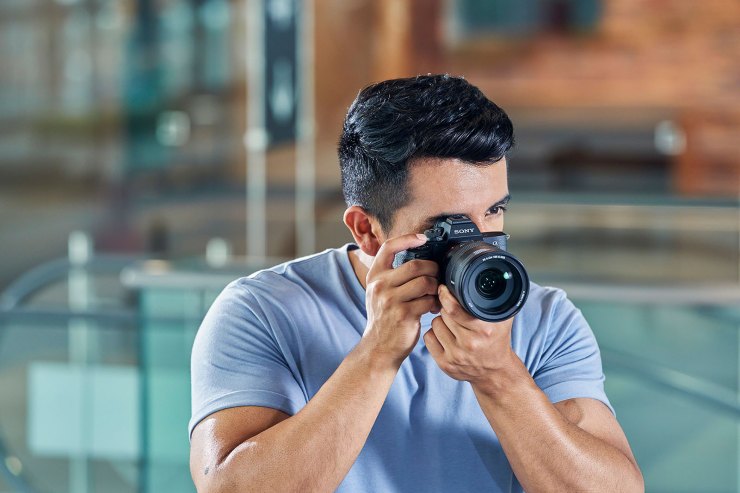
Real-time AF comes to the a7 IV
Autofocus is a huge component to the a7 IV upgrade, with it featuring the same focusing system as Sony’s flagship a1 camera. The camera features 759 phase-detect autofocus points, as well as Real-time Eye AF for humans, animals and birds. Autofocus tracking allows up to 10fps continuous shooting, and tracking continues up to f/22.
5-axis image stabilization allows for a 5.5 step shutter speed advantage, and the camera also features advanced external flash controls.
.mgl-masonry { display: none; } #mgl-gallery-634ee39ca9585 { column-count: 3; margin: -5px; } #mgl-gallery-634ee39ca9585 .mgl-item { padding: 5px; } #mgl-gallery-634ee39ca9585 figcaption { padding: 5px; } @media screen and (max-width: 800px) { #mgl-gallery-634ee39ca9585 { column-count: 2; } } @media screen and (max-width: 600px) { #mgl-gallery-634ee39ca9585 { column-count: 1; } }
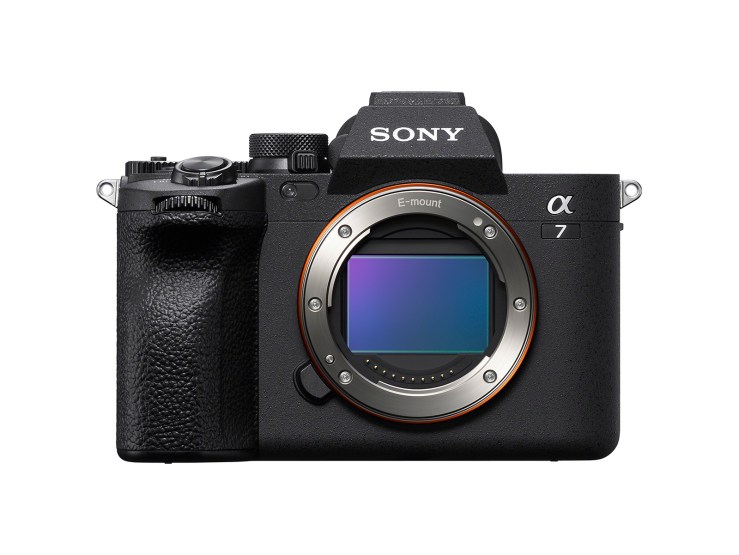
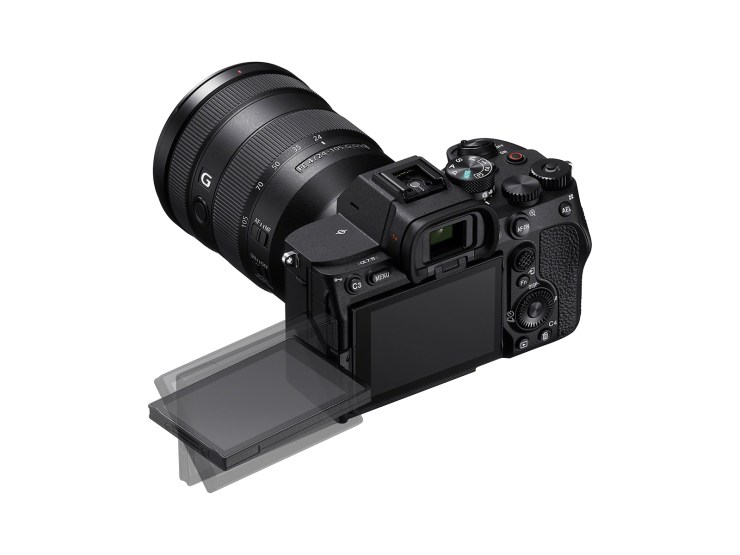
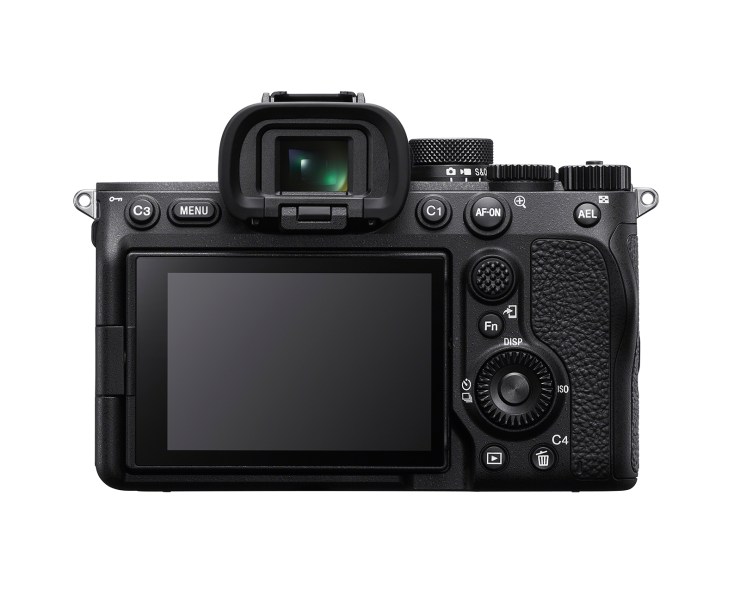
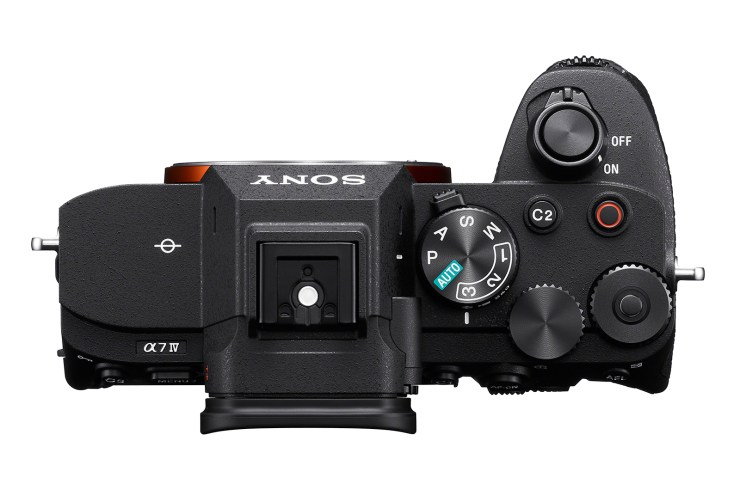
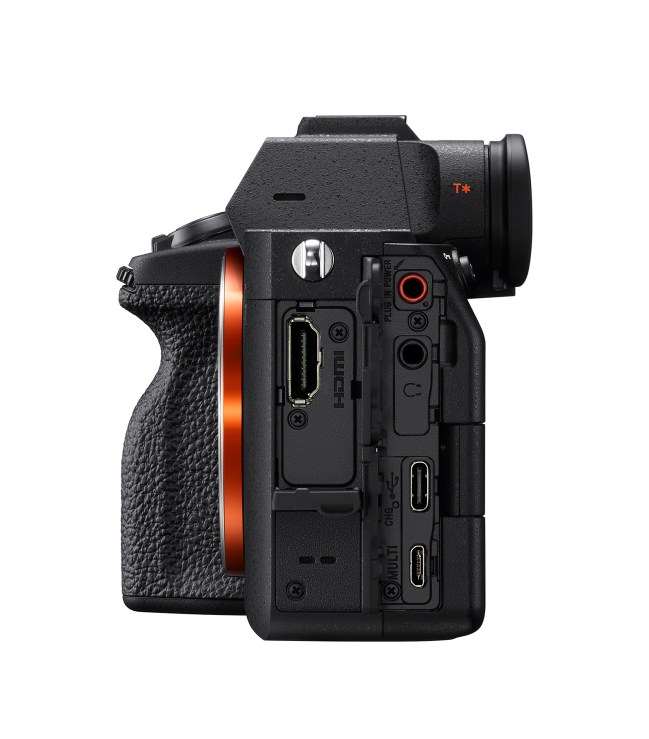
Sony also highlighted 15 stops of dynamic range, allowing for greater editing flexibility when dealing with highlights and shadows. The increased dynamic range also cuts down significantly on the gradations often seen in landscape photos.
Also for still shooters, the creative looks from the a1 come to the a7 IV, plus a new look called Soft Skin Effect.
A new menu system, plus CFexpress Type A
Following in the a1’s footsteps, the a7 IV includes the new touchscreen menu system that Sony released with the a7S III. The company boasted about near-instant access to the menu after shooting thanks to the upgraded processor, as well as an overall faster interface across the board.
The camera also includes two SDXC UHS-II card slots, with slot 1 also offering compatibility with CFexpress Type A cards.
P-TTL flash capabilities
The preflash TTL system now meters for every frame in Lo, Mid and Hi continuous shooting modes. This links the processor of the camera, flash and read speed of sensors to allow metering, up to 10fps.
The new system also links face detection for auto white balance (AWB) and flash level control. This helps to give natural color tone on faces.
Note that some of these new functions will be limited to certain compatible flash units.
A day at the movies
.mgl-tiles { display: none; } #mgl-gallery-634ee39cab360 { margin: -5px; width: calc(100% + 10px); } #mgl-gallery-634ee39cab360 .mgl-box { padding: 5px; } @media screen and (max-width: 768px) { #mgl-gallery-634ee39cab360 { margin: -5px; width: calc(100% + 10px); } #mgl-gallery-634ee39cab360 .mgl-box { padding: 5px; } } @media screen and (max-width: 460px) { #mgl-gallery-634ee39cab360 { margin: -5px; width: calc(100% + 10px); } #mgl-gallery-634ee39cab360 .mgl-box { padding: 5px; } }
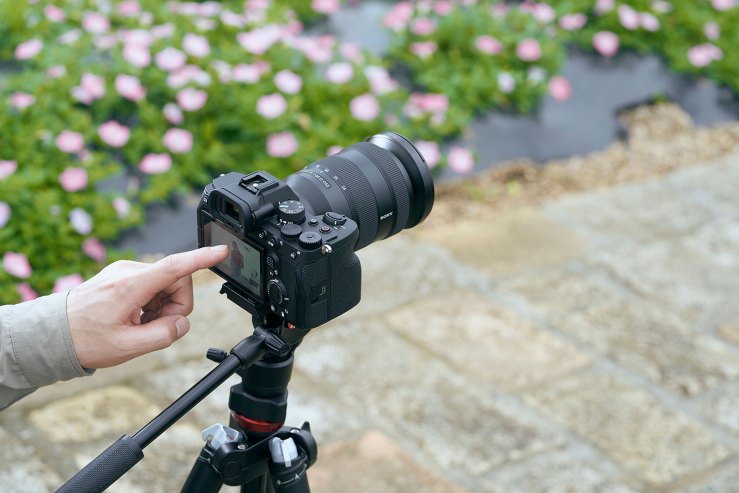
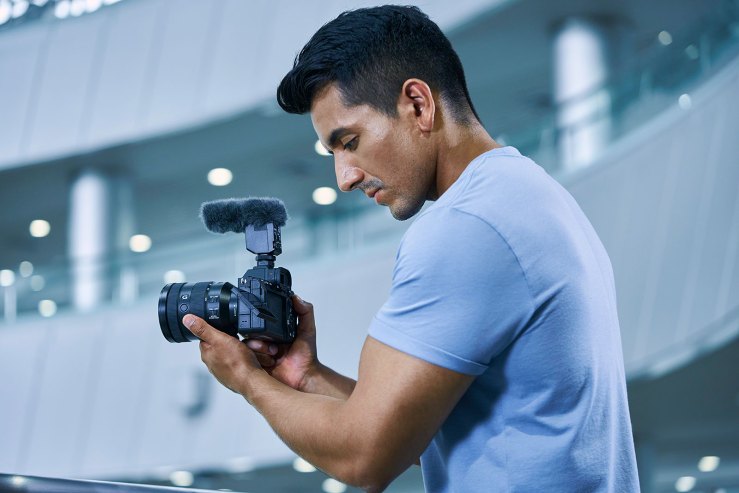
The a7 IV also sees an impressive bump in video recording specs. Specifically, the camera allows for full pixel readout without binning for 4K, and recording at 10-bit 4:2:2 with color sampling selectable.
The color science is taken straight from the a7S III and a1, meaning filmmakers will see more life-like colors throughout their captures. The S-Cinetone profile is also included.
Recording up to 4K at 60p is available in Super35 mode, as well as full-frame 7K oversampling for 4K 30p output. All formats can be recorded to SDXC cards, with some higher specs being required in certain scenarios.
Optical Active Mode image stabilization has also been added, which also adds image stabilization metadata directly into the file.
In terms of autofocus, Sony has brought AF assist from their FX6 cinema camera to the a7 IV. Real-time Eye AF is also available, along with animal and bird Eye AF, which is not available on other Sony cameras. You can easily select your focus point with touch tracking, and there’s a new Focus Map option to help you visualize depth of field.
Breathing compensation has also been added, ensuring that as you change focus points your field of view remains the same. A compatible lens is required.
Finally, in terms of heat distribution, a new heat-dissipating structure has been added, allowing for 4K 60p 10-bit 4:2:2 recording for more than an hour.
Streaming and sharing
.mgl-tiles { display: none; } #mgl-gallery-634ee39cabee1 { margin: -5px; width: calc(100% + 10px); } #mgl-gallery-634ee39cabee1 .mgl-box { padding: 5px; } @media screen and (max-width: 768px) { #mgl-gallery-634ee39cabee1 { margin: -5px; width: calc(100% + 10px); } #mgl-gallery-634ee39cabee1 .mgl-box { padding: 5px; } } @media screen and (max-width: 460px) { #mgl-gallery-634ee39cabee1 { margin: -5px; width: calc(100% + 10px); } #mgl-gallery-634ee39cabee1 .mgl-box { padding: 5px; } }

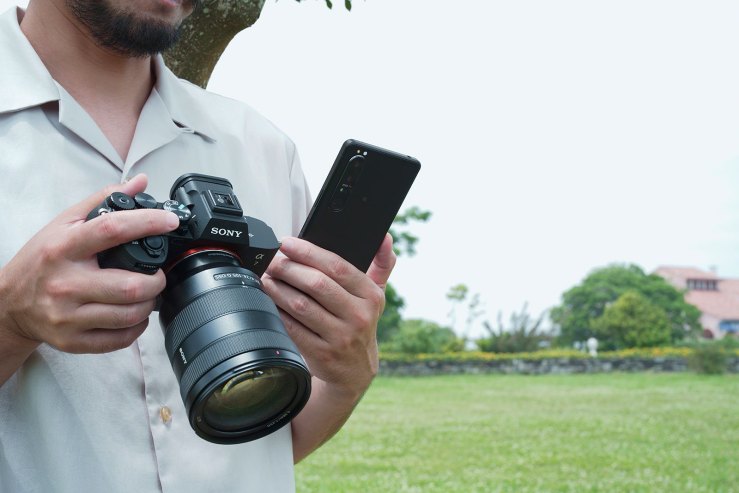
Another one of Sony’s focuses with the a7 IV is the ability to stream live and share videos easier than ever before. The WiFi capabilities have been upgraded, allowing for sharing on the 5GHz band.
The camera is integrated into Sony’s Visual Story app, allowing for a continuous Bluetooth connection in the background.
Finally, you can record internally while live streaming, up to 4K at 15p or 1080p at 60p.
The exterior
In terms of the camera body, the grip has been revised to offer a more secure and comfortable feel. Those that have tried the a1 should find this similar.
On top of the camera, you’ll find a new recording button as well as a separate dial for video, still and S&Q shooting modes, which allow for complete customization over buttons depending on which mode you have selected. There is no left dial on the top of the camera, as there is on the a1 and other Sony cameras.
The back of the camera also features a slight redesign, with a fully articulating screen being the most obvious change. The AF-ON button is now larger and not as close to the viewfinder. With the exception of the articulating screen, the camera looks very similar on the back to the a1.
In terms of ports, the a7 IV features a full-size HDMI Type-A terminal and a USB Type-C port for transfer up to 10Gbps. There is no ethernet port included.
Pricing and availability
The Sony a7 IV will be released in late December 2021 for an approximate retail price of $2500. Preorders will be available through B&H.
My first thoughts, for photographers
As an owner of an a7 III and an a1, I’m very, very excited to try this camera out. It seems like a great hybrid between what made the a7 III great — a lightweight footprint with great low-light capabilities — and the a1 — a professional body with unmatched autofocus.
The features look absolutely spectacular, and I’m honestly surprised that some of them made it in what many consider to be a more entry-level full-frame body from Sony. But I’m excited to see them pushing the boundaries here.
I’m happy to see them upping the game with image stabilization, too, as the a7 III needed some help in this area. It should mean not having to crank your ISO quite as much in low light, as you’ll be able to shoot at slightly slower shutter speeds and still obtain a sharp shot.
The one unknown that wasn’t addressed was whether or not the weather sealing and dust resistance would be on par with the a1. One can assume it will be at least close to that level. As it is right now, I find myself cleaning the a7 III at least once a week, whereas with the a1, I maybe have to clean it once a month.
The only other concern I have is that the sensor is not a stacked sensor. For stills, this means you might see some banding effects when shooting in electronic mode in certain situations.
Regardless, this is definitely a camera I’ll be purchasing. The added megapixels are great for commercial work, and they aren’t too high to photograph events with. I can see a lot of people picking up the a7 IV as their primary body, as well as a backup to something like the a1. Bravo, Sony. Bravo.
Tell your story with the second annual Visual Storytelling Conference!
Experience four days of interactive, online training sessions featuring a range of educational content with experienced photographers and content creators. This free event kicks off with a series of technical boot camps to build essential skills, followed by live, online sessions on photography, video, business and social media. Join live from March 10-13, 2022!
